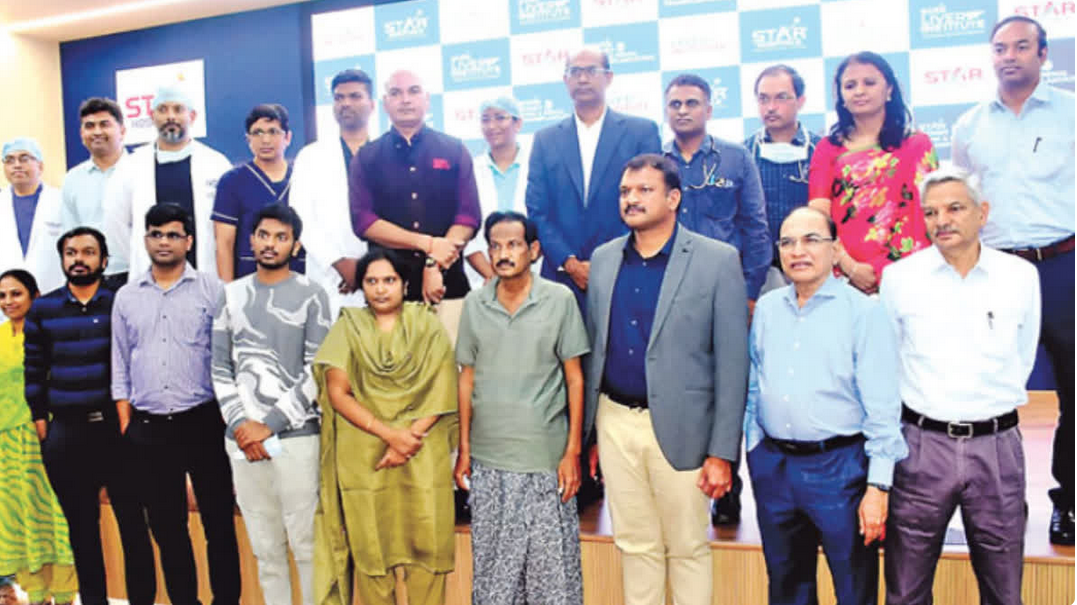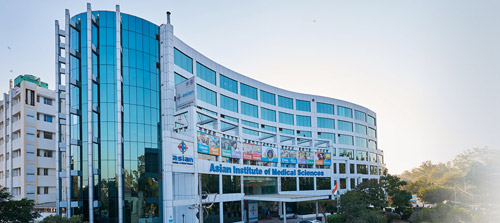In recent years, India has been confronting a growing health crisis that is becoming impossible to ignore the sharp rise in cancer cases, particularly those related to the mouth and lip. This crisis, highlighted by research from the Indian Council of Medical Research (ICMR) and the National Centre for Disease Informatics and Research, points to a disturbing trend. Lip and mouth cancers are now among the most commonly diagnosed cancers in men, while breast cancer remains the most prevalent type among women. This rise in cancer cases reflects not just a national crisis, but a broader concern among the BRICS nations (Brazil, Russia, India, China, and South Africa) each grappling with their own cancer epidemics.
Cancer is a multifaceted disease that affects millions of lives globally, but in India, certain forms of cancer are more prevalent due to specific socio-cultural factors. Among men, lip and mouth cancers top the list, a direct consequence of the widespread use of tobacco products, including gutka and pan masala. These products are deeply ingrained in many regions of India, contributing to an alarming rise in oral cancer diagnoses. This preventable disease continues to claim thousands of lives, despite awareness campaigns urging people to quit smoking and tobacco use.
For women, breast cancer remains the leading cancer in India, with rates steadily increasing over the years. Unlike lip and mouth cancer, breast cancer’s causes are more complex, involving genetic, environmental, and lifestyle factors. However, inadequate screening and lack of awareness exacerbate the problem, leading to late diagnoses and higher mortality rates.
A comparative study published in ECancer journal highlights the cancer epidemic in the BRICS countries, showing that cancer is a shared burden among these nations. While India’s cancer profile is dominated by mouth and breast cancers, other BRICS nations face their own unique challenges. Russia, for instance, experiences the highest rate of prostate, lung, and colorectal cancers among men, while lung cancer is more common among women in China.
One of the more shocking findings is that South Africa, a country with significantly fewer resources compared to the other BRICS nations, has the highest cancer death rate for both men and women. The lack of access to early screening, healthcare infrastructure, and effective treatment options means that people are dying from cancers that could potentially be treated if diagnosed earlier. India, too, struggles with late diagnoses, especially in rural areas where healthcare access is limited.
Lung cancer remains the leading cause of cancer deaths across all BRICS nations, except for India, where breast cancer leads to the highest number of deaths among women. The disproportionate impact of breast cancer deaths in India highlights the urgent need for improved cancer awareness and early detection methods.
Cancer doesn’t just affect individuals and families; it carries a massive economic burden. A study published in Cancer Epidemiology revealed that BRICS nations account for a staggering 42% of global cancer-related deaths. The economic costs are equally daunting. China, with its large population, experiences the highest total productivity loss due to cancer, at an estimated $28 billion. Meanwhile, South Africa incurs the highest cost per cancer death, at approximately $101,000, underlining the country’s struggle to manage cancer’s financial toll on both healthcare systems and families.
India, too, is suffering with the economic consequences of cancer. The financial strain of cancer treatment, coupled with the loss of productivity due to illness or death, affects both households and the nation’s economy. The rising cancer burden is expected to impact not just the healthcare sector but also workforce participation, especially as more people are diagnosed in their prime working years.
Looking to the future, researchers have predicted a sharp increase in cancer cases and related deaths in India and South Africa, particularly between 2022 and 2045. The study reported a 12.8% increase in cancer incidence in India by 2025 compared to 2020. This troubling statistic underscores the need for stronger cancer control measures in the coming decades.
One reason for the projected increase in cancer cases is the rise in life expectancy across BRICS nations. As more people live longer, their risk of developing cancer increases. In India, this demographic shift, combined with lifestyle factors such as tobacco use, poor diet, and a sedentary lifestyle, is expected to fuel a growing cancer epidemic.
India’s battle against cancer requires a multi-faceted approach, focusing on prevention, early detection, and improving access to treatment. For men, tackling the root causes of mouth and lip cancers, primarily tobacco use, is critical. Public health campaigns that highlight the dangers of tobacco products must continue to be a priority, particularly in rural and semi-urban areas where their use is most prevalent. However, education alone is not enough there needs to be stronger regulatory measures, including stricter enforcement of bans on gutka and other harmful products.
For women, raising awareness about breast cancer and promoting regular screenings are vital steps in reducing mortality rates. Many Indian women are diagnosed with breast cancer in its later stages, leading to worse outcomes. Efforts to improve early detection through mammography programs, self-examination awareness, and better access to healthcare facilities are crucial.
One of the biggest challenges in India’s fight against cancer is overcoming cultural and social barriers. In many parts of the country, there is still a stigma associated with cancer, especially breast cancer. Women may hesitate to seek medical help due to fear of social ostracism or concerns about financial costs. The lack of open conversations about breast health, especially in conservative areas, further complicates efforts to raise awareness.
To change this, health programs must not only focus on the physical aspects of cancer care but also address the cultural context. Community health workers and local influencers can play a critical role in shifting perceptions and encouraging women to seek help early. Additionally, offering affordable and accessible care will help bridge the gap for those who might otherwise delay treatment due to financial constraints.
India’s healthcare infrastructure also needs significant strengthening to cope with the rising tide of cancer cases. Currently, there is an enormous gap between the number of patients and the availability of specialized cancer care facilities. Many rural areas have limited access to cancer treatment centres, forcing patients to travel long distances for care. This delay can prove fatal, particularly for cancers that progress rapidly without intervention.
Investing in more cancer screening and treatment centres, particularly in underserved regions, is essential. Additionally, training more healthcare professionals in oncology will help reduce the burden on existing cancer specialists, improving patient outcomes and reducing waiting times for treatment.
Technology also has a significant role to play in India’s cancer control strategy. Telemedicine, for instance, can help bridge the gap between rural patients and specialized cancer care. Through virtual consultations, patients in remote areas can receive guidance on cancer prevention, diagnosis, and treatment without needing to travel. Telemedicine can also facilitate follow-up care, ensuring that patients stay on track with their treatment plans.
Furthermore, advances in genetic testing and personalized medicine can help identify individuals at higher risk of developing certain cancers, enabling earlier intervention. Precision medicine, which tailors treatments based on a patient’s unique genetic makeup, is another promising avenue for improving cancer outcomes in India.
India’s rising cancer rates, particularly in mouth and breast cancers, signal a public health crisis that requires urgent action. While genetics and lifestyle factors contribute to the rising incidence, much can be done through prevention, awareness, and improved access to healthcare. The cancer epidemic in India is not just a medical challenge but a societal one, requiring collective responsibility from government agencies, healthcare providers, and individuals alike.
As India moves forward, the hope lies in better education, earlier detection, and more robust healthcare systems to manage the growing cancer burden. With focused efforts, India can turn the tide on its cancer crisis, ensuring a healthier future for generations to come.

 India’s rising cancer rates, particularly in mouth and breast cancers, signal a public health crisis that requires urgent action.
India’s rising cancer rates, particularly in mouth and breast cancers, signal a public health crisis that requires urgent action.










.jpeg)


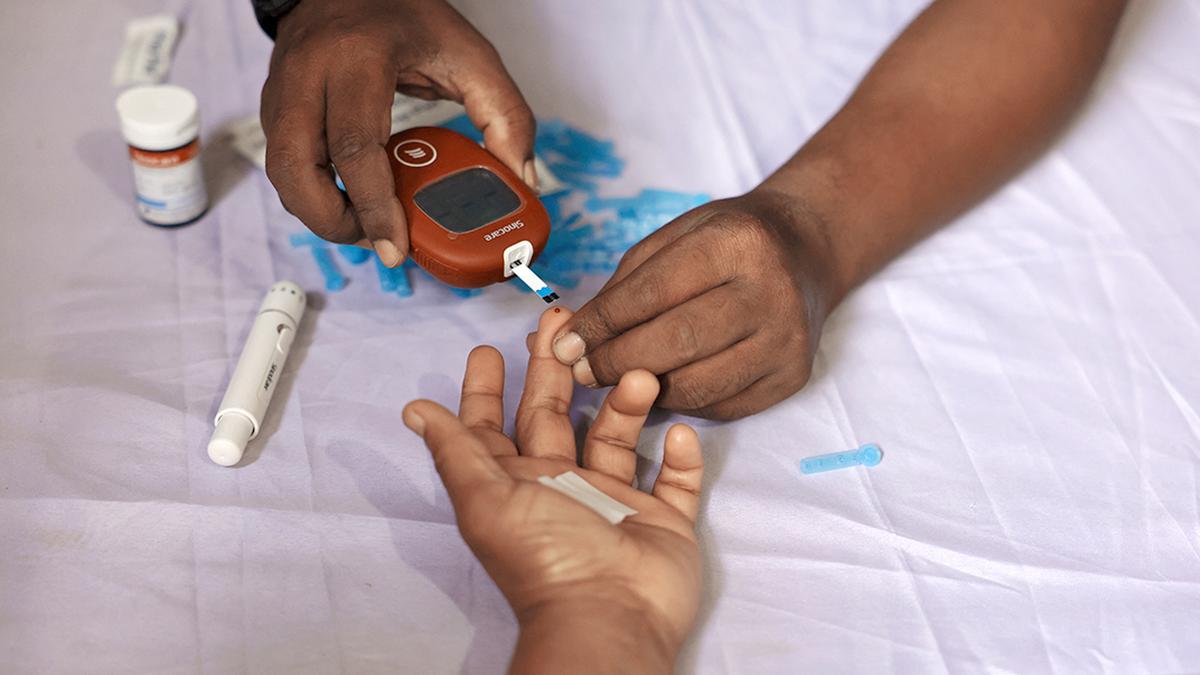

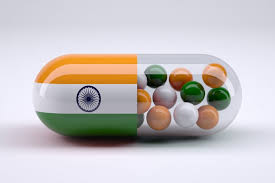



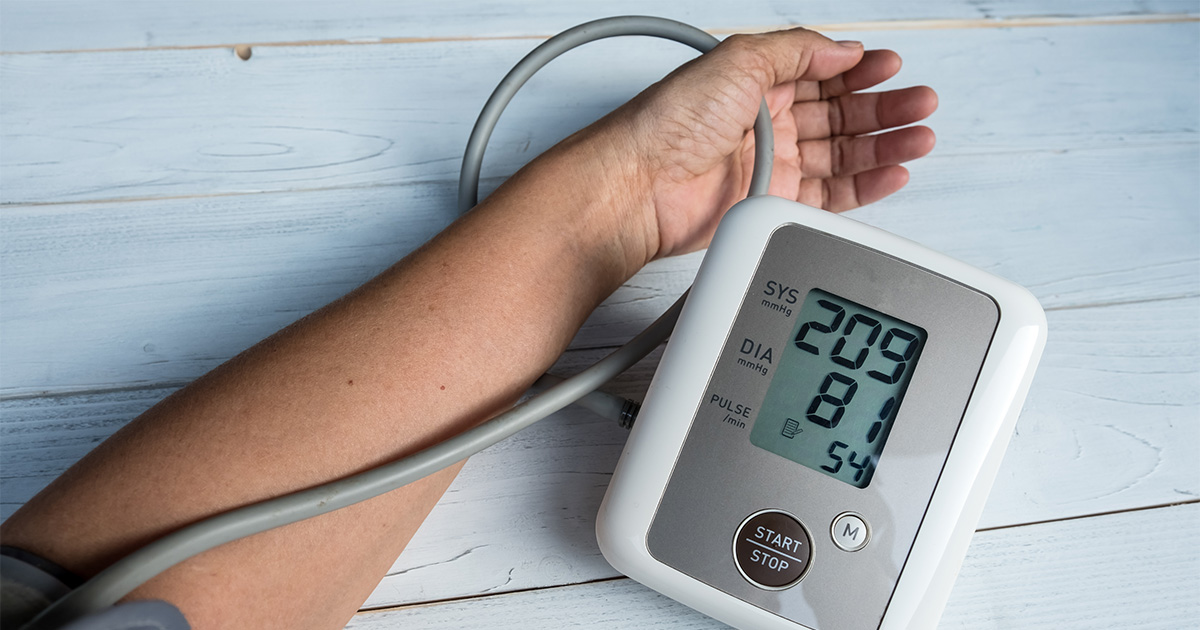
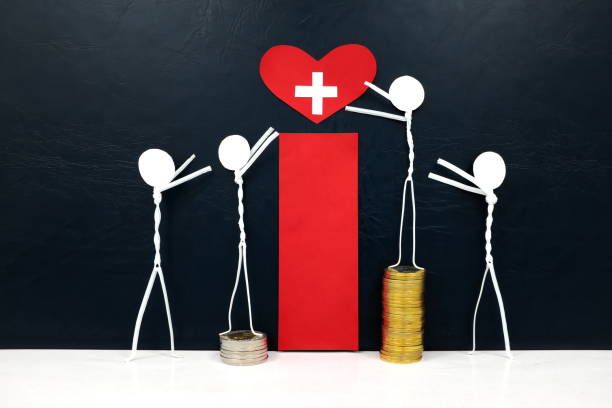
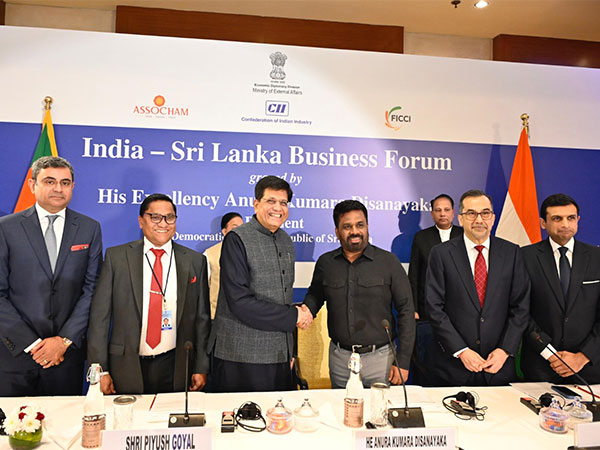
.jpg)


